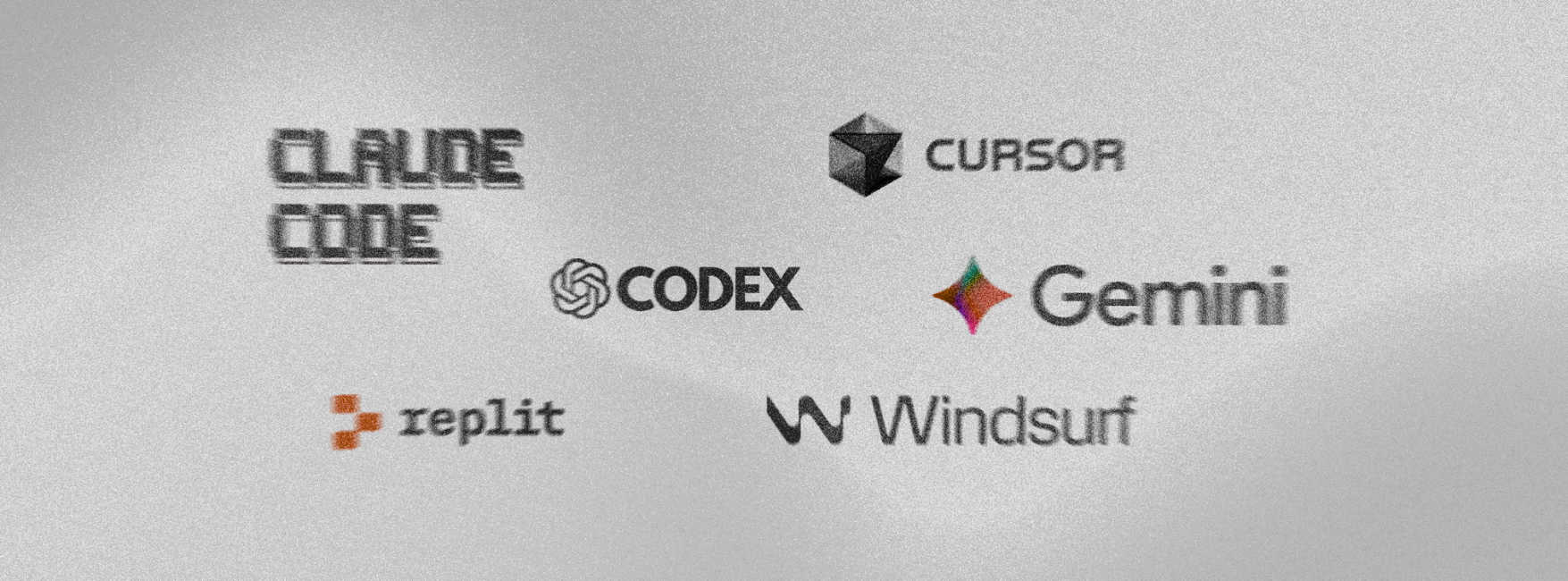Introduction
As an early-stage founder, I assume you are reasonably familiar with Product Hunt. It's a super cool platform where you can launch your product to an audience that's actively looking for new and exciting products to try. The best part? If your product is featured on the front page of a website or platform like Product Hunt, it can lead to a significant increase in website traffic and exposure.
Product Hunt has been the launchpad for many well-known names, such as Slack, Notion, and Loom. It has proven to be one of the most effective platforms for launching and discovering startups. Plus, early adopters who will try your product while you iron out the kinks can become your initial advocates and help you build momentum.
For a successful launch on Product Hunt, it is crucial for your product to make it to the front page, which requires a substantial number of upvotes and engagement. However, Product Hunt is very strict and doesn't like when makers try to game the system, so it's important to authentically hustle and build a positive reputation in startup communities in the weeks leading up to launch.
That way, you can prepare an existing seed audience in advance and have them engage with you on Product Hunt on launch day.
But here's another catch - you only get one shot at posting your product, and you won't be allowed to post the same product again for six months unless you make significant changes. That's why it's important to understand how Product Hunt works and to launch your product the right way. Product Hunt isn't a growth strategy but a high-quality PR event that can help you grow a base of early adopters that build traction. So, let's dive in and learn how to launch your product on Product Hunt the right way!
Pre-launch
As an agency that works with early-stage founders, we have executed numerous launches on Product Hunt, with some of them reaching among the top 5 products of the day. So, let me share with you our experience and provide a step-by-step guide to help you launch your product successfully on Product Hunt.
When we first set out to launch a product on Product Hunt, we knew that we had to plan our approach carefully. We understood that Product Hunt is a platform where early adopters and innovation enthusiasts go to discover new products, so the quality of engagement and the value we provided to the community mattered more than simply trying to game the system with upvotes.
We also knew that having a clear goal in mind when launching on Product Hunt was critical. So, the first step of the journey is to set clear goals and expectations.
Step 1: Set clear goals
Before launching your product on Product Hunt, it's essential to set clear goals for your launch. Ask yourself questions like:
- What is the objective of launching on Product Hunt?
- How many email signups or leads do I want to capture from the launch?
- What is my target audience, and how can I engage them effectively?
Setting clear goals will help you stay focused and measure the success of your launch.
Step 2: Build a pre-launch audience
One of the critical factors that determine the success of your Product Hunt launch is your pre-launch audience. Your pre-launch audience consists of people who are interested in your product and can help you gain traction on launch day.
To build a pre-launch audience, you can:
- Leverage your existing network: Reach out to your friends, family, and colleagues and ask them to share your product with their network and give you support on the launch day.
- Use social media: Announce your launch week ahead on social media platforms like Twitter, LinkedIn, and Facebook to gain visibility and attract early adopters.
- Utilize communities: Engage within various communities on different platforms like Slack, Reddit, and Indiehackers to build the pre-launch momentum.
Building a pre-launch audience is essential as it helps you generate momentum and build traction before launch day.
Step 3: Optimize your Product Hunt Launch Page
To launch your product on Product Hunt, you'll need to submit your product upfront and create a Launch Page. Here's how to optimize your Launch Page:
- Choose a memorable name for your product: Make sure your product name is short, easy to remember, and unique.
- Add a clear and concise tagline: Your tagline should clearly communicate what your product does.
- Create an engaging product description: Your product description should be concise and engaging and highlight the unique features and benefits of your product.
- Use high-quality visuals: Use high-quality images and videos to showcase your product's features and benefits.
A well-optimized Product Hunt page will help you attract more attention and upvotes on launch day.
Step 4: Choose the right day and time to launch
Choosing the right day and time to launch is essential to maximize your visibility and upvotes. Timing is key when it comes to Product Hunt. The homepage is based on a 24-hour cycle that starts at 12 a.m. PST each night. So, set the time zone to PST when scheduling your post. Also, consider posting between Tuesday and Thursday for maximum exposure. Mondays are often for catching up on work, and many people tune out by Friday as the weekend approaches.
Here are some tips to help you choose the right time to launch:
- Launch on a weekday: Launching on a weekday is better than launching on weekends, as the Product Hunt community is more active during the week.
- Launch between Tuesday and Thursday: Launching between Tuesday and Thursday is better than launching on Mondays or Fridays as people are more engaged during the mid-week. Launch early in the day: Launching early in the day (Pacific Standard Time) will help you gain exposure across multiple time zones.
Step 5: Get a Hunter to hunt your product
As a part of our Product Hunt launch strategies for our clients, we have also been reaching out to established hunters and asking for their help in launching. We also needed to make sure that the products we were launching were a good fit for their audience. The collaboration with Hunters helped us gain early traction and amplify the launch.
Product Hunt insiders or Hunters are people with a massive following on the platform. Having a hunter for your product can give you a significant advantage on launch day.
Step 6: Get your team to create Product Hunt accounts.
Your activity on Product Hunt before your launch is crucial, but it's just as important that the folks who back you on launch day have active accounts.
Product Hunt actually penalizes products that get loads of upvotes from brand-new or spammy user accounts.
To steer clear of this, tell your team and friends to create accounts and get to know the platform ahead of time instead of waiting till launch day.
Launch Day
On the launch day, it is important to focus on a few crucial activities to create a buzz and maximize your launch impact. Here are some general advice and tips for the day of launch
Step 1: Create a Buzz on Social Media
Utilize your personal and company profiles on platforms like Twitter, LinkedIn, and Facebook to announce your product launch. Make sure to cover different time zones and notify your followers about the launch. Engage with your audience by sharing teasers, behind-the-scenes insights, and updates throughout the day.
Step 2: Participate in Relevant Communities
Active engagement in communities such as Slack, Facebook groups, and Twitter communities can significantly boost your visibility and reach. Share your launch news, engage in discussions, and provide value to these communities. Building relationships and contributing to thriving communities can help you gain traction and support.
Step 3: Stay Active and Engage on Product Hunt
Engagement is key to a successful launch on Product Hunt. Be proactive and respond to every comment, answer questions, and show appreciation for the feedback you receive. This level of involvement demonstrates your dedication and helps build a positive reputation within the community. Even if competitors have more upvotes, staying engaged can keep you in a favorable position and increase your chances of success.
Examples of successful Product Hunt launches.
Notion 2.0
How did they succeed?
From the early stages of its development, Notion tapped into the strength of its Product Hunt community. Notion founders, Ivan Zhao and Simon Last leveraged the comments received during Notion's initial launches to emphasize the unique value proposition of their tool compared to competitors. They also actively sought feedback from tech-savvy individuals who expressed high interest. This valuable feedback played a crucial role in shaping subsequent versions of Notion.
Slack
How did they succeed?
Launching on a Product Hunt was part of their overall product launch strategy. "In the early days, we looked at our customers, really just testers at that point, and we paid extra attention to the teams we knew should be using Slack successfully." - Stewart Butterfield, Founder at Slack. Apart from that, the Slack founding team has executed on PR efforts with a hook that immediately attracts the user.
Loom
How did they succeed?
In its first launch, Loom gained 3,000 early adopters. By prioritizing user feedback, the team laid the foundation for Loom's remarkable success on Product Hunt. They meticulously monitored various aspects: user behavior, discontinuation patterns, and the underlying reasons behind such actions. Their objective centered around aligning their product features and marketing strategies with user feedback.
Conclusion
Remember, launching on Product Hunt is not just about the upvotes; it's about building relationships, adding value, and creating a memorable experience for your audience. By following these tips, you can maximize your visibility, generate buzz, and make your product launch successful.
Learn more about our Launch with AI program from the following blogs:
From Service to Product: Introducing Launch With AI Program for Startup Success - Part 1
From Service to Product: Introducing Launch With AI Program for Startup Success - Part 2
From Service to Product: Introducing Launch With AI Program for Startup Success - Part 3
From Service to Product: Introducing Launch With AI Program for Startup Success - Part 4
From Service to Product: Introducing Launch With AI Program for Startup Success - Part 5







.svg)